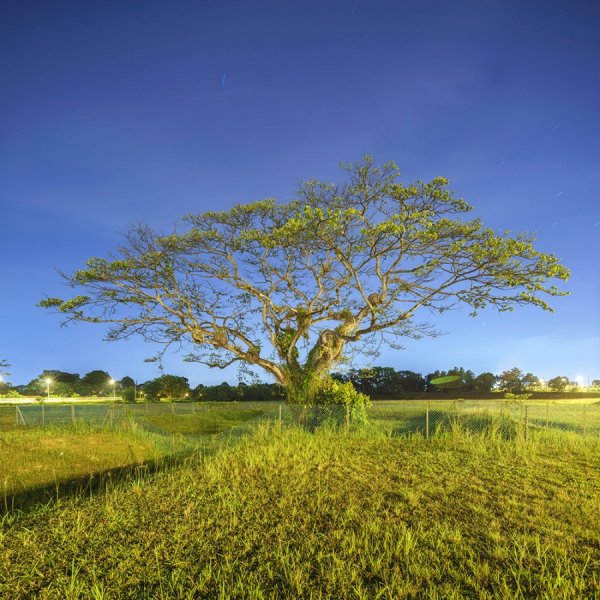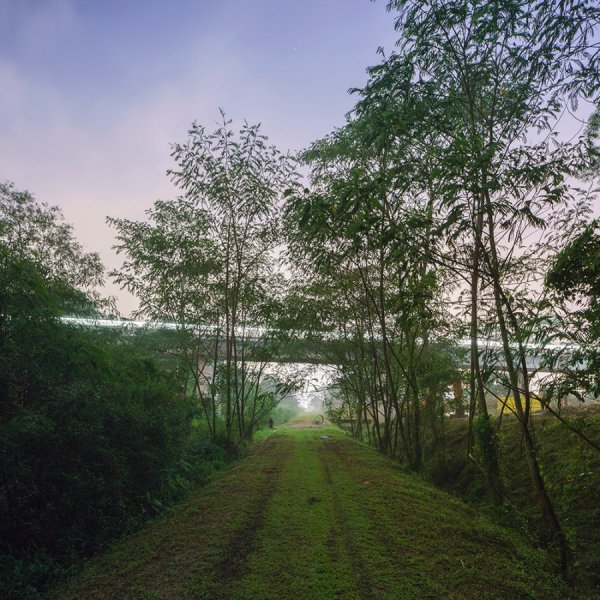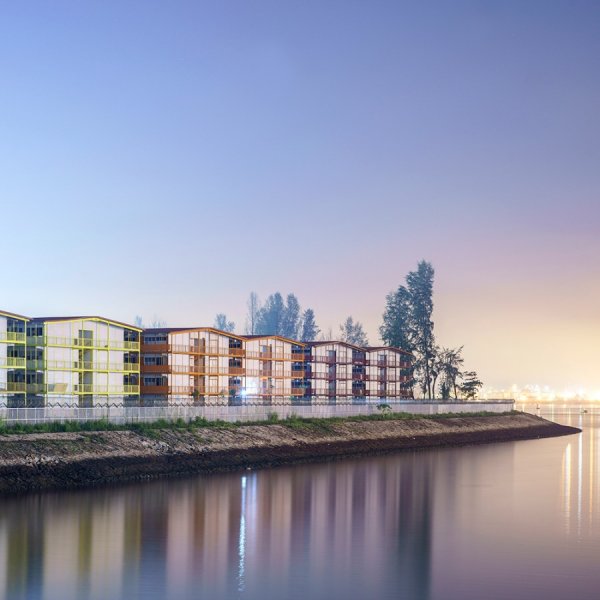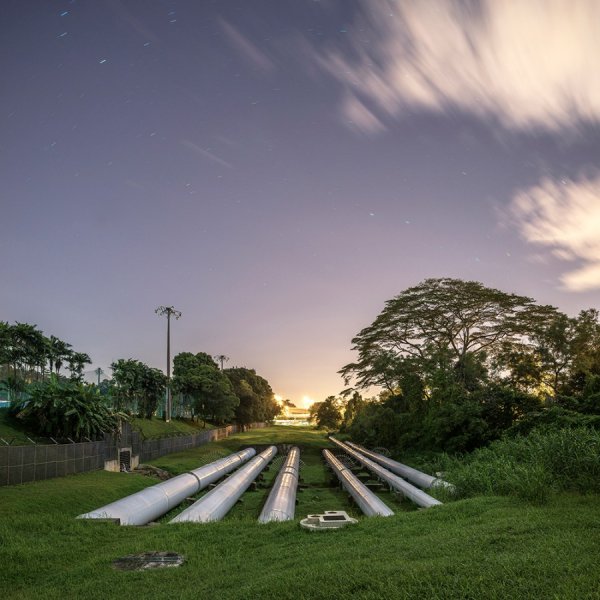These surreal Singapore landscapes will blow you away
Architectural photographer Darren Soh went to Singapore's darkest corners to shoot the landscapes that form his upcoming exhibition.
We have previously featured Darren Soh, who is known for taking gorgeous pictures of Singapore's buildings and neighborhoods. This time, he re-visits a series that he took 10 years ago, and explains his renewed interest in this project. The exhibition In the Still of the Night (While You Were Sleeping), explores Singapore's often neglected landscapes and shows how surreal they look at night.
Your choice of medium-format film camera really influenced the project. How so?
The original While You Were Sleeping made over ten years ago was shot on a medium format camera. The new work launching next week is all shot on Sony’s 35mm digital cameras - specifically the α7R and α7R II camera. Anyway, using the medium format camera all those years ago really made me slow down my photography process because the camera was not a small point-and-shoot one and there were a limited number of frames the camera could shoot before you needed to change the film. So every image that I wanted to make had to be properly framed and calculated. No snap shots. And this slowing down of the photographic process really showed in the work. Even though I was shooting in a digital format this time round, I brought the sensibilities I had cultivated from using a slower medium format camera into the process.
 Tree in Seletar, Seletar Aerodome, 2015
Tree in Seletar, Seletar Aerodome, 2015
What are some of the locations you shot at?
I needed to shoot where there was as little ambient light and light pollution as possible, so I ventured to some far flung corners of Singapore. Punggol, Kranji and Tuas were areas where I spent a lot of time photographing.
 MRT Line and Green Corridor, Kranji, 2015
MRT Line and Green Corridor, Kranji, 2015
What was the hardest shot to get?
One of the hardest shots to get was this - MRT Line and Green Corridor, Kranji, 2015. When I made this image, it was completely dark save for the lights from the cabins when a MRT train would pass. This part of the rail corridor in Kranji required some trekking to get to as it was far from any road and the undergrowth was really thick. So access-wise it was fairly tough and trying to compose the image in near complete darkness was also quite an experience.
 Foreign Workers’ Dormitory, Sungei Punggol, 2014
Foreign Workers’ Dormitory, Sungei Punggol, 2014
How did you work in such low-light conditions?
In the past, I would bring a powerful torch light with me to illuminate whatever I was trying to focus on before making my images, but the new work was all made using digital cameras that could really see in the dark with their Electronic Viewfinders (EVF) and this really helped. Many of my images were exposed for several minutes in order for a usable image to form.
 Malaysia–Singapore Water Pipes, Woodlands, 2014
Malaysia–Singapore Water Pipes, Woodlands, 2014
How is this collection a sequel to the one ten years ago?
In the Still of the Night is a sequel because I basically went out and made images with the same sensibilities and mostly the same objectives as before. As you may know, I am much more of an architectural photographer than a “natural” landscape photographer of any sort, but ten years ago I challenged myself to make nocturnal landscapes in Singapore that showed signs of human intervention but were not cityscapes per se and this time round, I did the same. The only changes from before were the medium and also a realization that many of the sites I was photographing were liminal transitional sites that were not going to last very long at all because big open spaces usually don’t remain that way very long in Singapore.
 Low Clouds, Upper Seletar Reservoir, 2014
Low Clouds, Upper Seletar Reservoir, 2014
Why is this subject important to you?
I feel that in Singapore, we often see but do not notice our surroundings and we are so used to Singapore being a city with tall skyscrapers and high rise HDB flats that we almost forget that these mysterious open spaces do exist as well, albeit temporarily. As a photographic documentarian of Singapore, I want to bring these scapes to the viewer so that they too may experience them through my photos.
 Mangrove Trees, Kranji, 2014
Mangrove Trees, Kranji, 2014
How did you come to secure the same location for both exhibitions? Interesting that it isn’t in a traditional gallery.
I tend to prefer public spaces for my work because the objective is to get as many people to see the images as possible, especially for a body of work like this. The Esplanade Tunnel is an incredibly accessible location for showing images because of the high traffic and I could not ask for a better space. I’ve worked with the curators from the Esplanade for over ten years now and they are familiar with my work. I pitched the first series to them in 2005 and they really liked it so we showed it. This time round, because of the SG50 celebrations, they were looking to present a slew of local work that would be interesting to viewers from all walks of life, and because they knew I was working on the sequel and my own anniversary project, we decided together to show it. Also, ten years is a nice round number I guess!
 Open Space, off Punggol Road, 2015
Open Space, off Punggol Road, 2015
In the Still of the Night (While You Were Sleeping), will be shown at the Esplanade Tunnel from Nov 18-Jan 3.
Advertisement